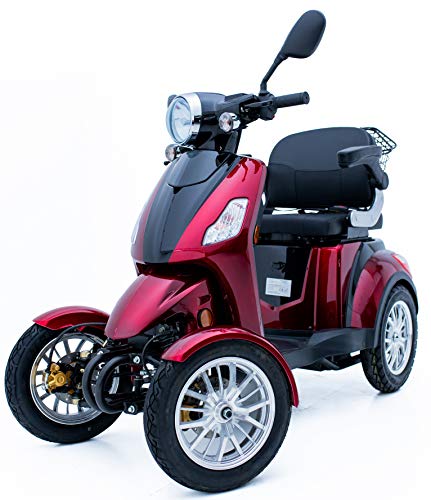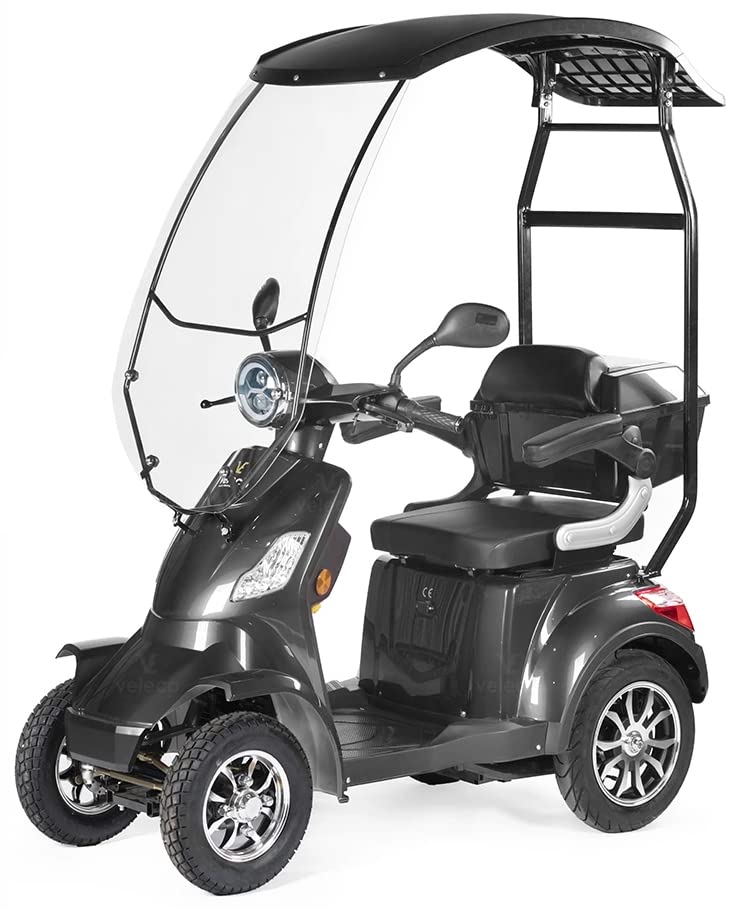How a Coffee Machine Works
 A coffee maker can make it simple to make an espresso at home. They automate the process, and take care of all the work.
A coffee maker can make it simple to make an espresso at home. They automate the process, and take care of all the work.
 There’s a machine to suit everyone, whether you’re a coffee connoisseur or a snoozer. Learn how they function to make your perfect cup.
There’s a machine to suit everyone, whether you’re a coffee connoisseur or a snoozer. Learn how they function to make your perfect cup.
The Reservoir
You put water into the reservoir and then it moves through the rest of the coffee machine. You also add your ground coffee into the portafilter, tamp it down, and then turn on the machine to make a cup of coffee.
Drip coffee machines are a standard and a time-saver for those who want an espresso that’s ready when they wake up. The machine is equipped with a variety of features to personalize your experience. They include a clock that can be programmed and the option of using capsules or ground coffee.
It is important to keep your reservoir clean to avoid the buildup of limescale, which can lead to mineral deposits in the machine, which can affect the taste. After every brewing cycle it is important to empty and refill the reservoir with clean water. To get rid of staining and vinegary smells in the reservoir, fill it with warm water and white vinegar. Make a brew cycle and then dispose of the vinegar-water mix and rinse the reservoir, portafilter, and the holster for the K-cup pod with hot water and dish soap in the sink.
The Cold-Water Tube
The cold-water tube is responsible to bring fresh, filtered water to the heating chamber when it’s time to brew. Once it reaches the heating chamber, it’s sent into the showerhead, where hot water is sprayed over the coffee grounds. This saturates the coffee grounds, extracting their flavor and then pouring into the carafe below.
If you hear a click it could be a sign of obstruction in the tubing. These can be resolved by cutting an ordinary piece of water tubing and attaching it to the inlet fitting on the coffee machine, using an adapter, if required.
The one-way valve is located in either the opening for the bucket or the aluminum tube and is responsible for pulling into cold water when the reservoir is empty, and 4182051 then release boiling water back into the tubing when it’s ready for 4182051 (Https://Www.4182051.Xyz/12Xi-25Qdi1B-Z6H-Qvdg15-Hv7G-1523/) use. If this valve is blocked by dirt or mineral deposits, it will cause the click sound that’s obvious and annoying. This can be easily eliminated with a toothpick or other thin instrument.
The Hot-Water Tube
There’s a small tube of aluminum inside your coffee maker that connects the reservoir to the faucet/shower head (also called the showerhead). When you press the button to make a cup the heating element is activated and water starts to flow through the machine. The tube is insulated to keep the water hot as it travels from one section to the next.
Sensors turn the water off and on once it reaches the reservoir to ensure that it remains at the ideal temperature for 4182051 coffee extraction between 195 and 205 degrees F. Certain machines have an instrument to monitor temperature to ensure that the water is always at the correct temperature.
The water then turns into steam, which then rises through the hole in the bucket. The steam then flows through coarse coffee grounds that are placed in a basket that is placed on top of machine. The heated water repeatedly soaks the grounds, releasing the flavor before pouring into the carafe. Certain models come with a pre-infusion system which dries the grounds with low-pressure water before it gets to full pressure, increasing the extraction process.
The Faucet
Coffee machines are clever little devices that perform a lot of work to turn the water you offer them into a hot cup of coffee. Understanding how they work will help you to know why they’re so popular and why it’s important to maintain them.
The faucet of the coffee machine is a shower head that sprays the water carried through the hot-water tube onto the grounds of the coffee. The water is sprayed onto the coffee grounds by a perforated disk made of plastic, which is known as the drip area.
Certain models with more advanced features have a built-in coffee grinder so that the beans are freshly ground prior to entering the heating chamber. You can program the machine to brew your cup when you wake up, so that it’s ready when your alarm goes off. And they could be equipped with a smart app that lets you select the drink type you want and 4182051.Xyz (www.4182051.Xyz) then alter the proportions of coffee and milk to make it exactly the way you like it.
The Drip Area
The coffee maker is easy to use, but does much to transform water into a delicious cup. This section contains all the components of the machine that are responsible for its operation.
The reservoir bucket stores the water you add to it at the start of the cycle. A white tube leads upwards from the reservoir to the drip area. The purpose of this tube is to transport the hot water which will be sprayed onto your lawn.
The shower head is the next, which receives the hot liquid carried by the tube and sprays it on the beans you’ve ground. This is where the brewing process gets underway and from here the flavor of your beverage will begin to develop. You can also alter the final result of your brew if you alter factors like brewing temperature and time (some coffees require longer brew times or higher temperatures to extract their full flavors). The finished product will then flow through a small disc of plastic known as a drip zone and into your cup.
The Heating Element
A heating element can be found in almost every coffee maker. It is made up of resistive cables that is heated when electricity flows through it. There is also a switch to switch the power off and on to prevent the coil from getting too hot. The coffee machine also has other components like sensors and fuses which cut the current when necessary.
The aluminum water tube that carries the hot water from the reservoir to the faucet is connected at both ends to the heating element. The heating element that is resistive is sandwiched in between the aluminum tube, and a warmingplate that is covered in white heat-conductive grease.
Drip coffee machines can brew a single cup at a time, which is ideal for those who want a quick and simple coffee without the hassle of filling a carafe. These machines are also ideal for those who don’t drink much coffee or families that have a different wake-up times. Espresso machines are the best choice for those who like stronger drinks like cappuccinos and lattes. They utilize pressure to force the water through the ground, which releases the oils that give your beverage its flavor.
The One-Way Valve
A one-way check valve is an instrument that allows fluid to flow in only one direction. This valve is found either within the hole of the reservoir or in the aluminum tube that transports the water underneath the heating element that is resistive. This valve stops cold water from flowing into the bucket, and also causes bubbles of hot water to rise up the tube until they eventually reach the faucet.
The one-way valve may get blocked. This can happen when the machine is used for a prolonged period of time or if there is a build-up of minerals inside the valve. This could lead to the coffee machine not making any coffee. If this happens, clean the valve by pouring hot tap water over it. Remove the base of the coffee maker.
The coffee maker is a sophisticated device that turns a handful or grounds and a cup water into a steaming hot cup of coffee. These machines have a number of advanced features that allow you to control your drink.
The Power Cord
The power cord plugs into the wall to supply the energy that the machine requires to run. It is black and grounded using a female C13 connector that can be plugged into the standard US outlets. Inside the coffeemaker you can observe a special high temperature wire that connects to the switch and thermostat controls for both the boiler and carafe heater. This special wire has a white glass braid or similar insulation. The heating elements reach boiling point and can be cooled by some degrees and it is therefore logical that the designer planned this wiring to keep heat away from the incoming power cord.
